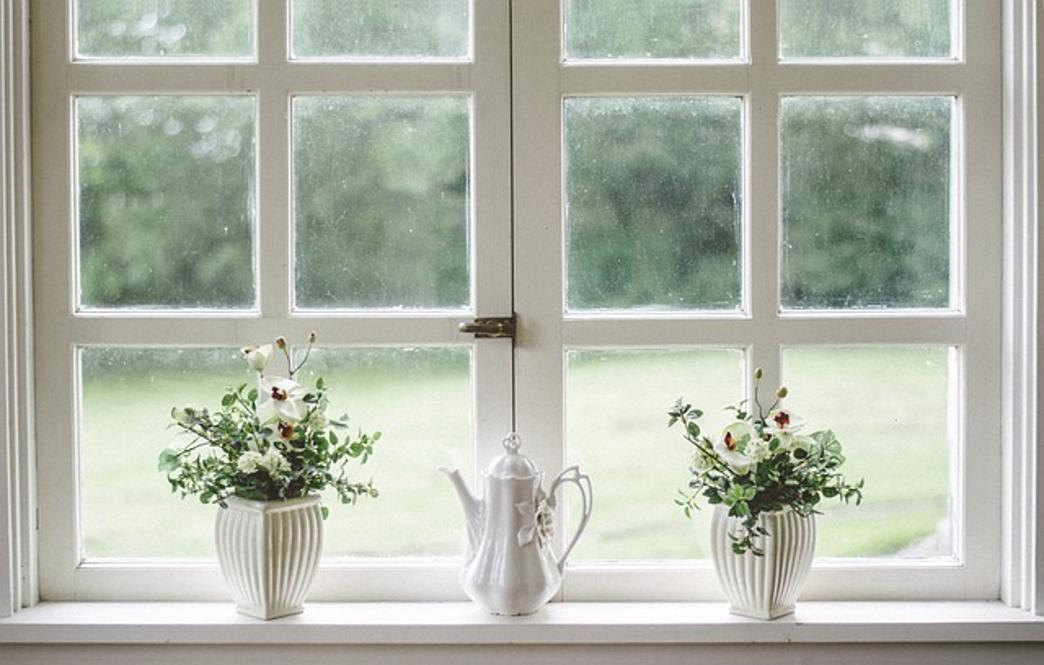How to Convert an Old Windows Laptop for Home Assistant as a Virtual Machine
Introduction
Converting an old Windows laptop into a virtual machine for Home Assistant can breathe new life into your aging hardware. Home Assistant, a popular home automation platform, allows users to control various smart home devices. With advancements in virtualization software, setting up Home Assistant on an old laptop is easier than ever and helps you make good use of otherwise obsolete hardware. This guide will walk you through the entire process, from preparation to optimization, ensuring you get the most out of your new home automation hub.

Why Repurpose an Old Windows Laptop?
If you have an old Windows laptop lying around, you might wonder why repurposing it for Home Assistant is a good idea. First, it's a cost-effective solution to recycling tech hardware. Instead of buying a new server or home automation hub, your old laptop can fulfill this role effectively. Additionally, repurposing helps reduce electronic waste, contributing to environmental preservation. Finally, older laptops typically possess sufficient computing power for running a virtual machine, making them ideal candidates for a Home Assistant setup.
Understanding Home Assistant
Before diving into the technical steps, it's important to understand what Home Assistant brings to the table. Home Assistant is an open-source home automation software that integrates with numerous smart devices and services. With a versatile and user-friendly interface, it provides comprehensive control over your home environment. Whether it's managing security cameras, smart lighting, or automated routines, Home Assistant centralizes control within an easy-to-use platform. Knowing its capabilities helps in making informed decisions during the setup.

Preparing Your Windows Laptop
Preparation is key before converting your old laptop for Home Assistant. First, ensure the laptop meets certain basic requirements—typically, a 64-bit processor, at least 4 GB of RAM, and 20 GB of disk storage. Here's a quick prep checklist:
- Back-Up Data: Ensure all important data is backed up to avoid loss.
- System Clean-Up: Uninstall unnecessary programs and clear disk space.
- Update: Install the latest Windows updates to ensure system stability.
- BIOS Check: Make sure the laptop's BIOS supports virtualization technology; enable it via BIOS settings if necessary.
These steps ensure your laptop is primed for conversion into a virtual machine.
Setting Up the Virtual Machine Environment
Now, it's time to set up the virtual machine (VM) environment. This will be where Home Assistant will run.
- Download Virtualization Software: Popular choices include VirtualBox and VMware Workstation Player.
- Install Virtualization Software: Follow the on-screen instructions to install the software.
- Create a New VM:
- Open the virtualization software and choose to create a new VM.
- Assign resources like CPU, RAM (at least 2 GB), and storage depending on your laptop’s capacity.
- Choose an Operating System: Opt for a lightweight Linux distribution, such as Ubuntu Server, which Home Assistant supports well.
- Install the OS and Essential Packages: Follow the OS installation steps. Once installed, ensure that Python and Docker are updated and installed since they are often required for Home Assistant.
This process sets up the foundational environment where Home Assistant will operate.
Installing Home Assistant on the Virtual Machine
With the VM environment ready, you can now install Home Assistant on it. It involves several steps, mostly executed through command lines.
- Install Docker:
- Log into your Linux VM.
- Run commands:
shell sudo apt-get update sudo apt-get install docker-ce docker-ce-cli containerd.io - Install Home Assistant:
- Pull the Home Assistant Docker image:
shell sudo docker pull homeassistant/home-assistant:stable - Create and start the Home Assistant container:
shell sudo docker run -d --name='home-assistant' -v /PATH_TO_YOUR_CONFIG:/config -e 'TZ=YOUR_TIME_ZONE' --net=host homeassistant/home-assistant:stable - Access Home Assistant UI:
- Open a web browser and navigate to
http://[YOUR_VM_IP]:8123. - Follow the on-screen instructions to complete the Home Assistant setup.
After completing these steps, you should have a functional Home Assistant instance running on your VM.
Configuring and Optimizing Home Assistant
Now that Home Assistant is installed, your focus should shift to configuring and optimizing it for your home setup.
- Add Integrations:
- Navigate to the Home Assistant UI and add various integrations for your devices (e.g., Philips Hue, Nest Thermostat).
- Automation Scripts:
- Create automation scripts for routine tasks like turning lights on/off at specific times or triggering notifications.
- Optimal Performance:
- Regularly update Home Assistant and its integrations to keep them functioning efficiently.
- Monitor resource usage via VM tools to ensure Home Assistant is not over-consuming resources, which could slow down the system.
An optimized Home Assistant setup ensures smooth and efficient home automation.

Conclusion
Converting an old Windows laptop into a virtual machine for Home Assistant is a resourceful way to reuse outdated hardware while creating a powerful home automation hub. By following this guide, you’ll not only extend the life of your laptop but also gain a robust tool to manage and automate your smart home devices efficiently.
Frequently Asked Questions
What are the minimum system requirements for my old laptop?
Your laptop should have a 64-bit processor, at least 4 GB of RAM, and 20 GB of free disk space. Additionally, it should support virtualization technology, which can generally be enabled in the BIOS settings.
How do I back up my Home Assistant configuration?
You can back up your Home Assistant configuration by using the built-in snapshot feature. Navigate to **Settings > Snapshots** in the Home Assistant UI, create a new snapshot, and download it for safekeeping.
What can I do if Home Assistant is running slow on my virtual machine?
If Home Assistant is running slowly, consider the following optimizations: - **Increase VM Resources**: Allocate more RAM or CPU cores to the VM if possible. - **Update Software**: Keep Home Assistant, Docker, and the OS updated. - **Reduce Add-ons**: Disable non-essential add-ons and integrations to free up resources.



